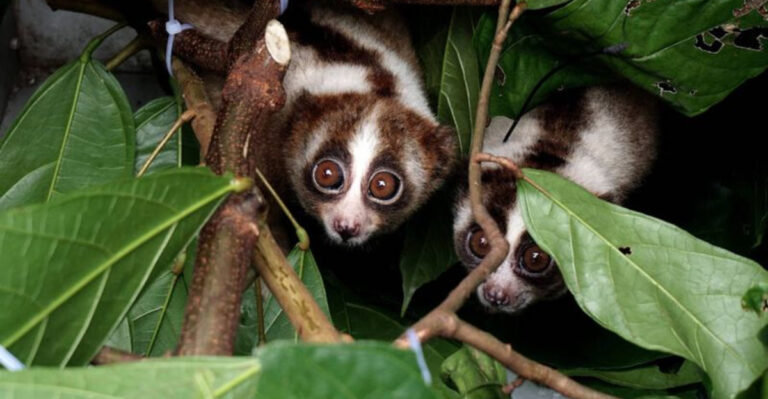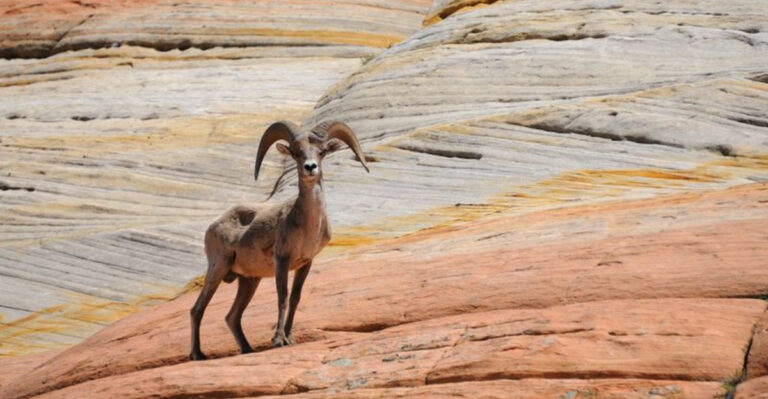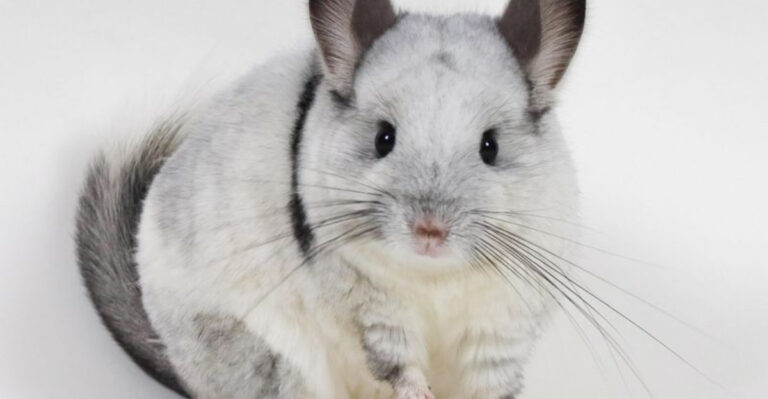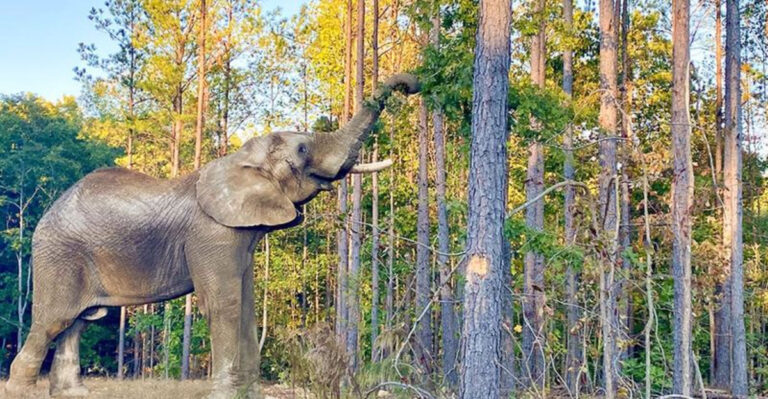9 Of The World’s Most Lethal Spiders
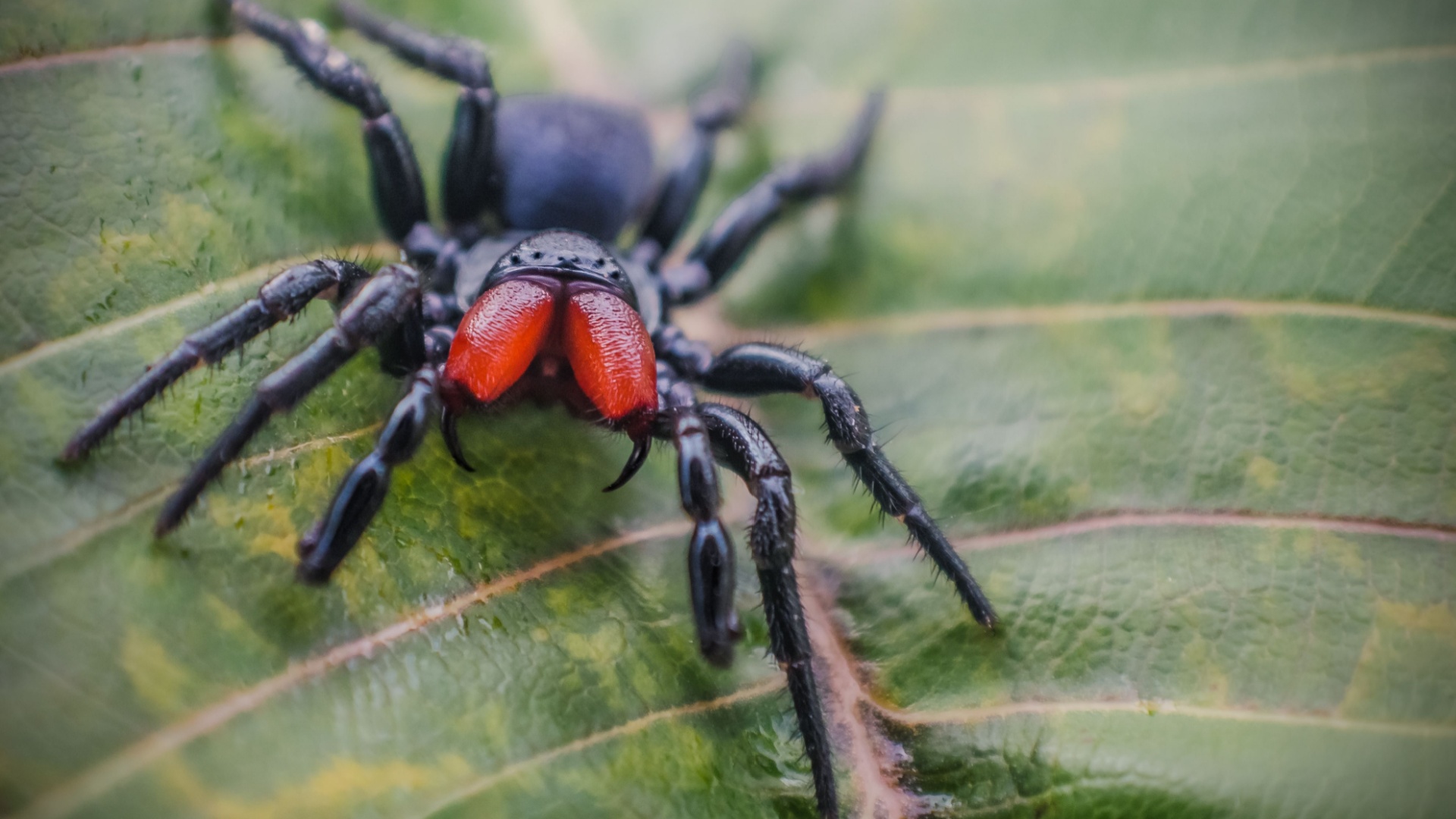
Spiders, with their eight legs and often fearsome appearance, can be a source of dread for many. While most are harmless, a select few are notorious for their potent venom and intimidating presence.
Today I’ll tell you about the most lethal spiders in the world, while we explore their unique characteristics, habitats, and the potential danger they pose to humans.
1. Sydney Funnel-Web Spider
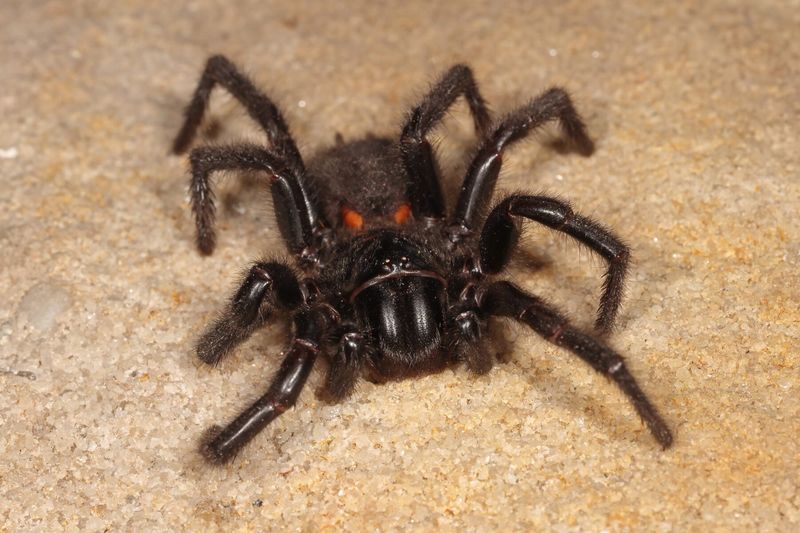
The Sydney Funnel-Web Spider is renowned for its aggressive nature and potent venom. Found primarily in Eastern Australia, this spider boasts a formidable presence.
With its glossy black body and imposing fangs, the funnel-web is not to be underestimated. Male spiders are more venomous than females, posing a significant threat to humans.
They thrive in moist environments, often taking refuge in gardens and under logs. Despite their fearsome reputation, fatalities are rare due to the availability of antivenom. While caution is advised, these spiders play a vital role in their ecosystem.
2. Brazilian Wandering Spider
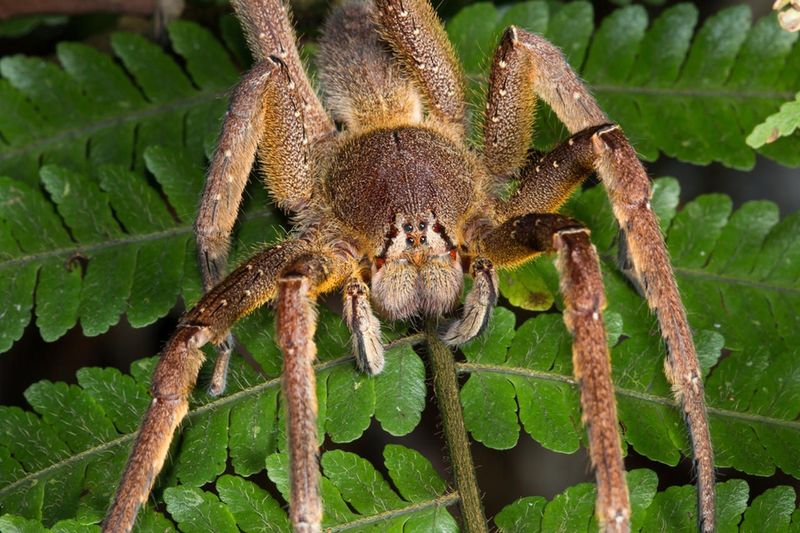
The Brazilian Wandering Spider, also known as the banana spider, ranks as one of the most venomous spiders worldwide. Originating from Central and South America, this arachnid is notorious for its wandering behavior.
Unlike other spiders, it does not build webs, but actively hunts prey at night. Its venom can cause intense pain, and in rare cases, is lethal to humans.
These spiders are often encountered in densely vegetated areas. Despite their danger, bites are treatable, and fatalities are exceedingly rare. They play crucial roles in controlling insect populations.
3. Black Widow Spider
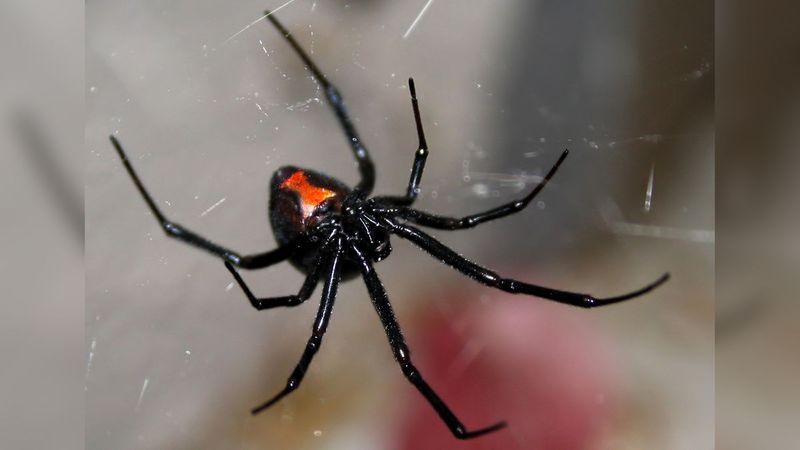
The Black Widow Spider is famed for its striking appearance and dangerous venom. Native to many areas across the globe, it’s easily recognizable by the red hourglass on its abdomen.
These spiders prefer dark, secluded places, weaving webs to catch their prey. Only the females pose a significant threat to humans, as their bite can cause severe pain and muscle cramps.
Though bites can be alarming, fatalities are rare due to effective medical treatments. Despite their fearsome reputation, Black Widows are often shy, avoiding human contact whenever possible.
4. Brown Recluse Spider
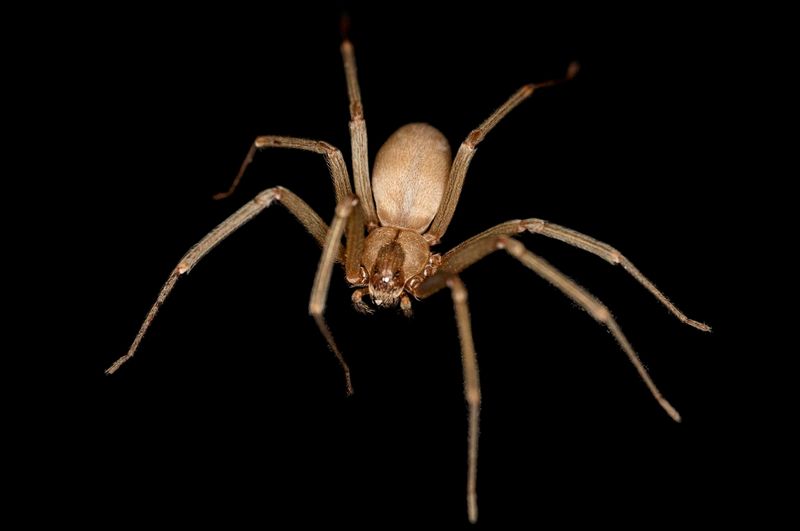
The Brown Recluse Spider, or “violin spider,” is notorious for its venomous bite. Found mostly in the United States, it’s distinguished by a violin-shaped mark on its back.
These spiders thrive in hidden, undisturbed areas like attics and basements, emerging at night to hunt. Their bite can lead to severe skin damage, though most heal without lasting effects.
Immediate medical attention is advised if bitten. Despite their venomous nature, Brown Recluses are not aggressive and tend to retreat when disturbed. They serve as natural pest controllers in their habitats.
5. Six-Eyed Sand Spider
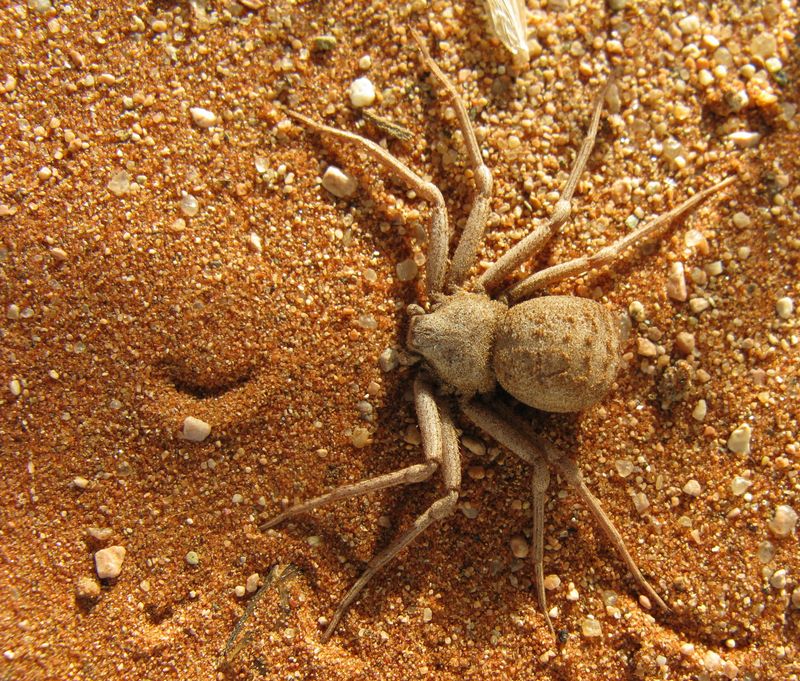
The Six-Eyed Sand Spider is a master of disguise, residing in the deserts of Southern Africa. Known for its reclusive nature, it’s rarely encountered by humans.
This spider is not aggressive, opting to remain buried under the sand to ambush prey. Its venom is highly potent, capable of causing severe skin and organ damage.
Bites to humans are extremely rare due to its remote habitat. The Six-Eyed Sand Spider plays a crucial role in controlling insect populations in its ecosystem.
6. Chilean Recluse Spider
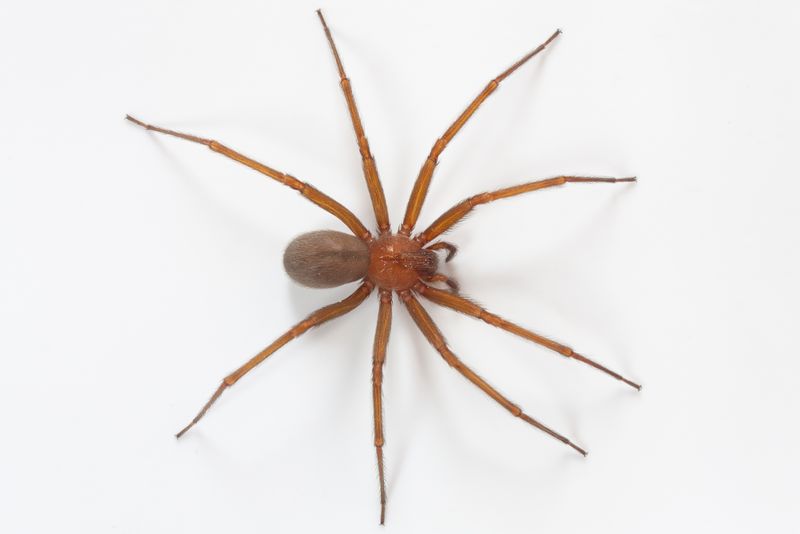
The Chilean Recluse Spider is a cousin of the Brown Recluse, found primarily in South America. It shares the same necrotic bite, which can lead to severe skin damage.
Preferring dark, undisturbed areas, these spiders may be found indoors behind furniture or in closets. While bites are rare, they can be serious and require medical treatment.
Despite their fearsome bite, these spiders are not aggressive and avoid human contact. Their presence helps control unwanted insect populations, contributing to ecological balance.
7. Redback Spider
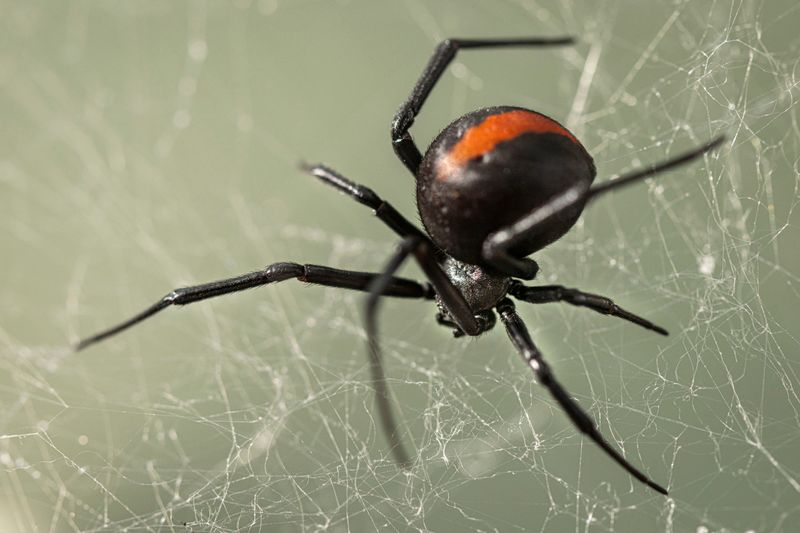
The Redback Spider, native to Australia, is infamous for its venomous bite. Recognizable by the vivid red stripe on its back, it’s closely related to the Black Widow.
These spiders are commonly found in urban areas, building webs in sheltered locations. Bites can cause severe pain and systemic symptoms, but fatalities are rare due to antivenom availability.
Female Redbacks are more dangerous than males, often leading to health concerns during the summer months. Despite their reputation, they play an important role in controlling pest populations.
8. Mouse Spider
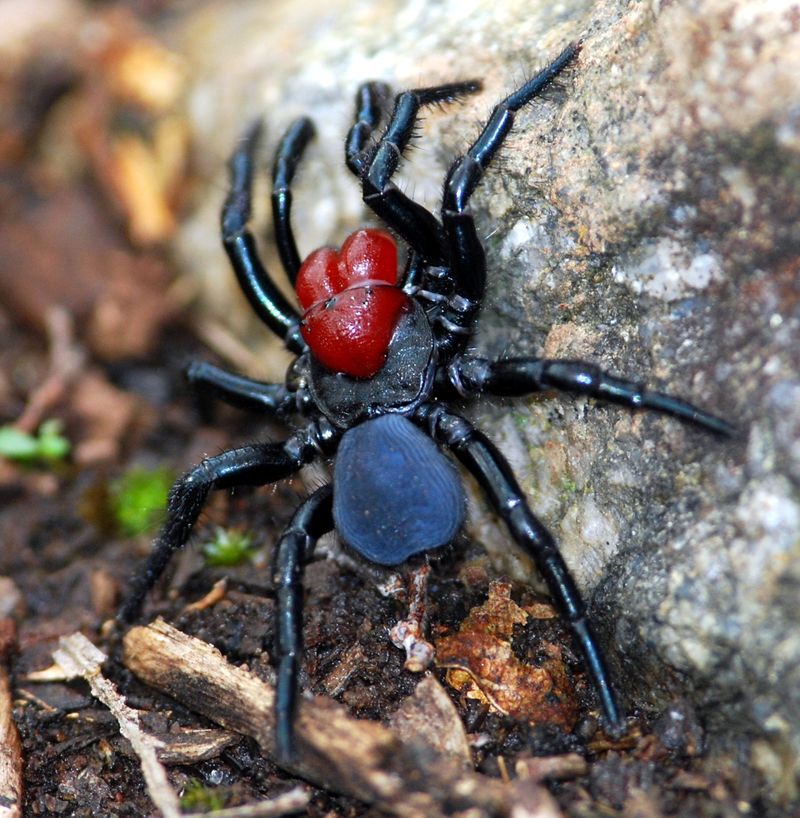
The Mouse Spider, native to Australia, is often mistaken for the Sydney Funnel-Web due to its similar appearance. Known for its aggressive posture, it possesses a potent venom.
These spiders are found in burrows, emerging during the day to hunt. Despite their menacing look, bites are rarely fatal to humans, and antivenom is effective.
With a robust body and large fangs, the Mouse Spider can be intimidating. While caution is advised, they are an integral part of their ecosystem, aiding in insect control.
9. Yellow Sac Spider
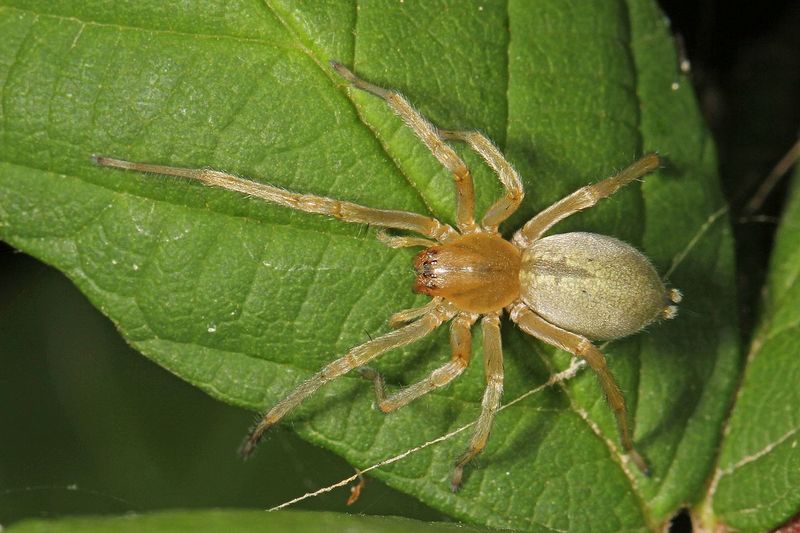
The Yellow Sac Spider is a small but potent arachnid, common in gardens and homes around the world. Recognizable by its pale yellow color, it builds silk sacs for shelter.
Though its venom is less potent than others, bites can cause mild skin irritation. These spiders are active hunters, often seen patrolling at night.
They contribute to controlling insect populations, playing a vital role in garden ecosystems. While not aggressive, caution is recommended to avoid bites. Their presence is often beneficial, keeping pest numbers in check.


